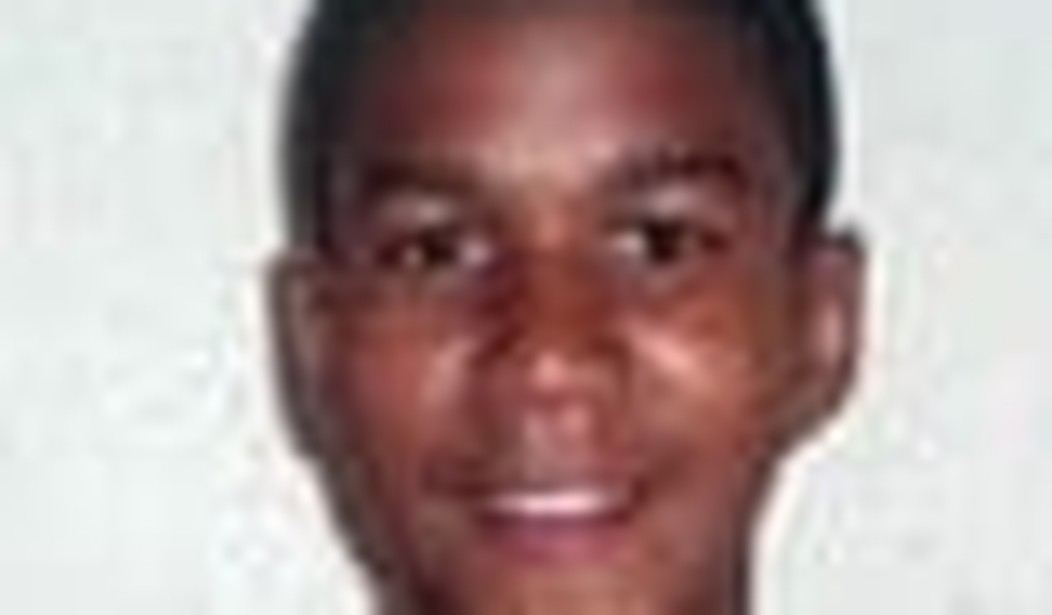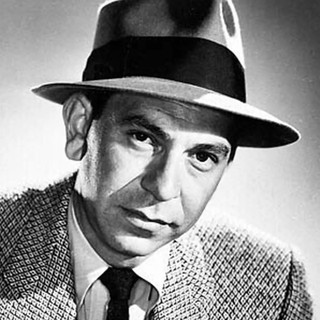Little but the most rudimentary facts are known about the shooting: On the night of February 17, Trayvon Martin, a black 17-year-old boy, was shot and killed by George Zimmerman, a 28-year-old white man. (Some news accounts have described Zimmerman as Latino.) Prior to the shooting, Zimmerman, who was active in his gated community’s neighborhood watch, phoned the Sanford police department and reported a suspicious person whom he described as a male black wearing a dark “hoodie,” jeans or sweat pants, and white tennis shoes. Exactly why Zimmerman found Martin worthy of suspicion remains unclear, but he told the police dispatcher there had been some break-ins in the neighborhood, and that “this guy looks like he’s up to no good, or he’s on drugs or something. It’s raining and he’s just walking around, looking about.”
Moments after the call to police ended, Zimmerman shot Martin once in the chest, killing him. But why?
Zimmerman, who was licensed in Florida to carry a concealed weapon, told police he had fired in self-defense, but the details of his statement to investigators have not been made public. The dearth of details has not prevented an outcry calling for Zimmerman’s arrest for murder. So intense is the political pressure on prosecutors that Zimmerman will almost certainly be charged with a crime, but there is little chance he’ll be convicted of one, certainly not murder.
The death of Trayvon Martin is simply not one that will lend itself to a tidy resolution in the criminal justice system. This is not a case in which some homicidal predator killed someone in the course of a robbery. On the other hand, Zimmerman’s critics have painted him as an overzealous vigilante who stepped beyond the customary limits of the neighborhood watch member by pursuing a person who had done nothing more than behave suspiciously.
Indeed, Zimmerman seems an easy figure to caricature. At National Review Online, Robert VerBruggen calls him “a classic cop wannabe.” Zimmerman, VerBruggen writes, “lov[ed] the thought of himself as a police officer, and witnessing a spate of break-ins in his neighborhood, he decided to patrol the streets in his SUV — carrying a gun (as he was licensed to do) and calling the cops 46 times in the course of a year to report ‘suspicious’ activity.”
Most police officers will recognize the archetype that VerBruggen assumes Zimmerman to be: the guy who wants to be a cop but for some reason cannot, but who nonetheless acts as a sort of watchman for his neighborhood, calling the police for any perceived breach of good order. And calling the police 46 times in a single year would indeed seem excessive if not psychotic. But, as Andrew Cohen reports at the Atlantic, Zimmerman’s 46 calls to police came over the course of 11 years, not one, with the confusion owing to a typo on a report released by the Sanford police. And given the level of crime in the area, an average of four calls per year may not be an inordinate amount at all. (The website Crimemapping.com lists 282 crimes within a mile of the site of the shooting within the last six months, including three burglaries within the gated community itself.)
Much has been made of the claim the Zimmerman “pursued” Martin against the advice of the police dispatcher. On the tape of Zimmerman’s 911 call, the dispatcher asks if Zimmerman is following the suspect. Zimmerman replies that he is. “We don’t need you to do that,” says the dispatcher.
Note that the dispatcher’s words were something less than imperative. But even if the dispatcher had expressly directed Zimmerman not to follow the suspect, would Zimmerman have been legally bound to follow such a direction? No, he would not.
And there is reason to question whether Zimmerman was actually pursuing Martin. Prior to being cautioned about following the suspect, Zimmerman can be heard breathing heavily into the phone as though running. But after the dispatcher’s admonition, Zimmerman’s breathing returns to normal, and he calmly converses with the dispatcher about how the responding officers can contact him by phone and find him within the complex.
My own inference from listening to the 911 tapes is that Zimmerman stopped running after Martin during his call to police, but then followed Martin’s path in an attempt to see where Martin had gone. Note that at the beginning of the 911 call, Zimmerman is seated in his truck, apparently in the area of the complex’s clubhouse near the gated entrance. But the shooting occurred on a walkway running past the rear yards of the townhouses, an area where Zimmerman would not have been able to drive his truck. Why did Martin walk back there? Did he come upon Martin unexpectedly, and if so, which of them initiated the physical confrontation?
Zimmerman reportedly sustained a bloody nose and a gash to the back of his head, injuries that may bolster his claim of self-defense. But it may also have been the case that Martin, on being followed by a stranger whom he also regarded as suspicious, acted in self-defense when that stranger approached him with a gun. On one of the 911 calls to Sanford police, a voice can be heard screaming for help prior to the gunshot, but it has not been established if that voice is Zimmerman’s or Martin’s. A grand jury will attempt to resolve these questions next month, but even if it hands down an indictment on Zimmerman, I fail to see how prosecutors can win a conviction unless they can produce some damning evidence not yet revealed. Some have suggested Zimmerman used a racial slur during his call to police, indicating a possible racial animus that may have influenced his decision to shoot, though it’s far from clear what he actually said.
Trayvon Martin’s death was tragic, but it is a tragedy that will not find a neat resolution in the criminal courts. The only certainty is that the tragedy will be rendered into farce by the cast of characters who will use it to raise their own questionable profiles. And the first man up, as you might have expected, will be the most questionable of all: Al Sharpton descends on Sanford today.










Join the conversation as a VIP Member